A rusty medicine cabinet can be an eyesore in an otherwise beautiful bathroom. But before you go out and buy a new one, consider giving your old medicine cabinet a fresh coat of paint. With a little bit of elbow grease and some paint, you can transform your rusty medicine cabinet into a stylish and functional piece in your bathroom. In this article, we’ll guide you through the process of painting a rusty medicine cabinet, so you can give your bathroom a budget-friendly makeover.
Why Paint a Rusty Medicine Cabinet?

Medicine cabinets are an essential part of any bathroom, providing storage space for toiletries and medications. However, over time, they can become rusty and worn out, making them look outdated and unappealing. Painting your rusty medicine cabinet is a cost-effective way to give it a new lease on life and make it a focal point in your bathroom.
Materials Needed
Before you get started, make sure you have all the necessary materials on hand. Here’s what you’ll need:
- Screwdriver
- Sandpaper (medium and fine grit)
- Tack cloth
- Painter’s tape
- Drop cloth
- Rust-inhibiting primer
- Paint (spray or brush-on)
- Paintbrush or paint sprayer
- Protective gear (gloves, mask, goggles)
Step 1: Remove the Cabinet Doors and Shelves
The first step in painting a rusty medicine cabinet is to remove the cabinet doors and shelves. Use a screwdriver to remove the screws that hold the doors and shelves in place. Place the screws in a safe place, so you don’t lose them. Once the doors and shelves are removed, set them aside for later.
Step 2: Sand the Cabinet
Using medium-grit sandpaper, sand the entire cabinet, including the doors and shelves. This will help remove any rust, dirt, or old paint from the surface. Be sure to sand in the direction of the wood grain for a smooth finish. Once you’ve sanded the entire cabinet, use a tack cloth to remove any dust or debris.
Step 3: Tape Off the Edges
To ensure a clean and professional-looking finish, use painter’s tape to cover any areas you don’t want to paint, such as the mirror or the wall around the cabinet. This will also help protect these areas from any accidental paint splatters.
Step 4: Prime the Cabinet
Before you start painting, it’s essential to prime the cabinet to prevent any rust from reappearing. Use a rust-inhibiting primer and apply it evenly to the entire cabinet, including the doors and shelves. If you’re using a spray primer, make sure to shake the can well before applying. If you’re using a brush-on primer, use a paintbrush or a paint sprayer for a smoother finish. Let the primer dry completely before moving on to the next step.
Step 5: Paint the Cabinet
Now it’s time to paint your rusty medicine cabinet. You can use either a spray paint or a brush-on paint, depending on your preference. If you’re using a spray paint, make sure to shake the can well before applying. Hold the can about 8-12 inches away from the cabinet and spray in a sweeping motion, making sure to cover the entire surface evenly. If you’re using a brush-on paint, use a paintbrush or a paint sprayer for a smoother finish. Apply the paint in thin, even coats, and let it dry completely before applying a second coat. You may need to apply multiple coats to achieve the desired color and coverage.
Step 6: Reattach the Doors and Shelves
Once the paint is completely dry, you can reattach the cabinet doors and shelves. Use the screws you removed earlier to secure them in place. Make sure to tighten the screws securely, so the doors and shelves are stable.
Step 7: Clean Up
Before you can enjoy your newly painted medicine cabinet, you’ll need to clean up. Remove the painter’s tape and drop cloth, and dispose of them properly. Clean your paintbrush or paint sprayer with warm, soapy water, and let it dry before storing it away. If you used a spray paint, make sure to dispose of the empty can properly.
Tips for Maintaining Your Painted Medicine Cabinet
To keep your painted medicine cabinet looking fresh and new, here are a few tips to follow:
- Avoid using harsh chemicals or abrasive cleaners on the cabinet, as they can damage the paint.
- Wipe down the cabinet regularly with a damp cloth to remove any dust or dirt.
- If you notice any scratches or chips in the paint, touch them up with a small amount of paint.
- Consider adding a clear coat of polyurethane to protect the paint and make it easier to clean.
Conclusion
Painting a rusty medicine cabinet is an easy and budget-friendly way to give your bathroom a fresh new look. With the right materials and a little bit of time, you can transform your old, rusty cabinet into a stylish and functional piece in your bathroom. So, before you go out and buy a new medicine cabinet, consider giving your old one a makeover with a fresh coat of paint.

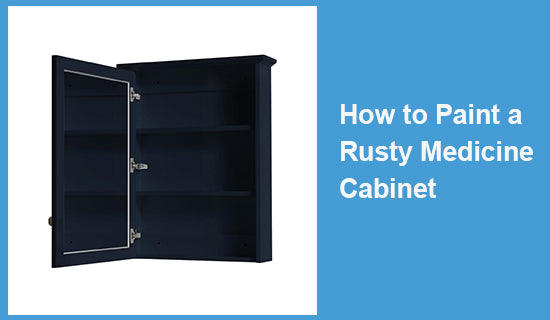
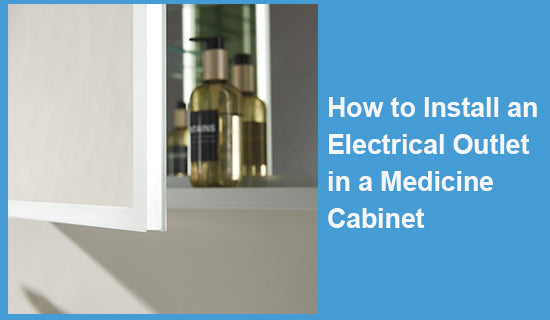
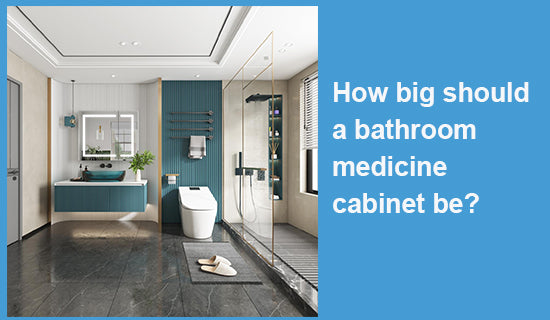


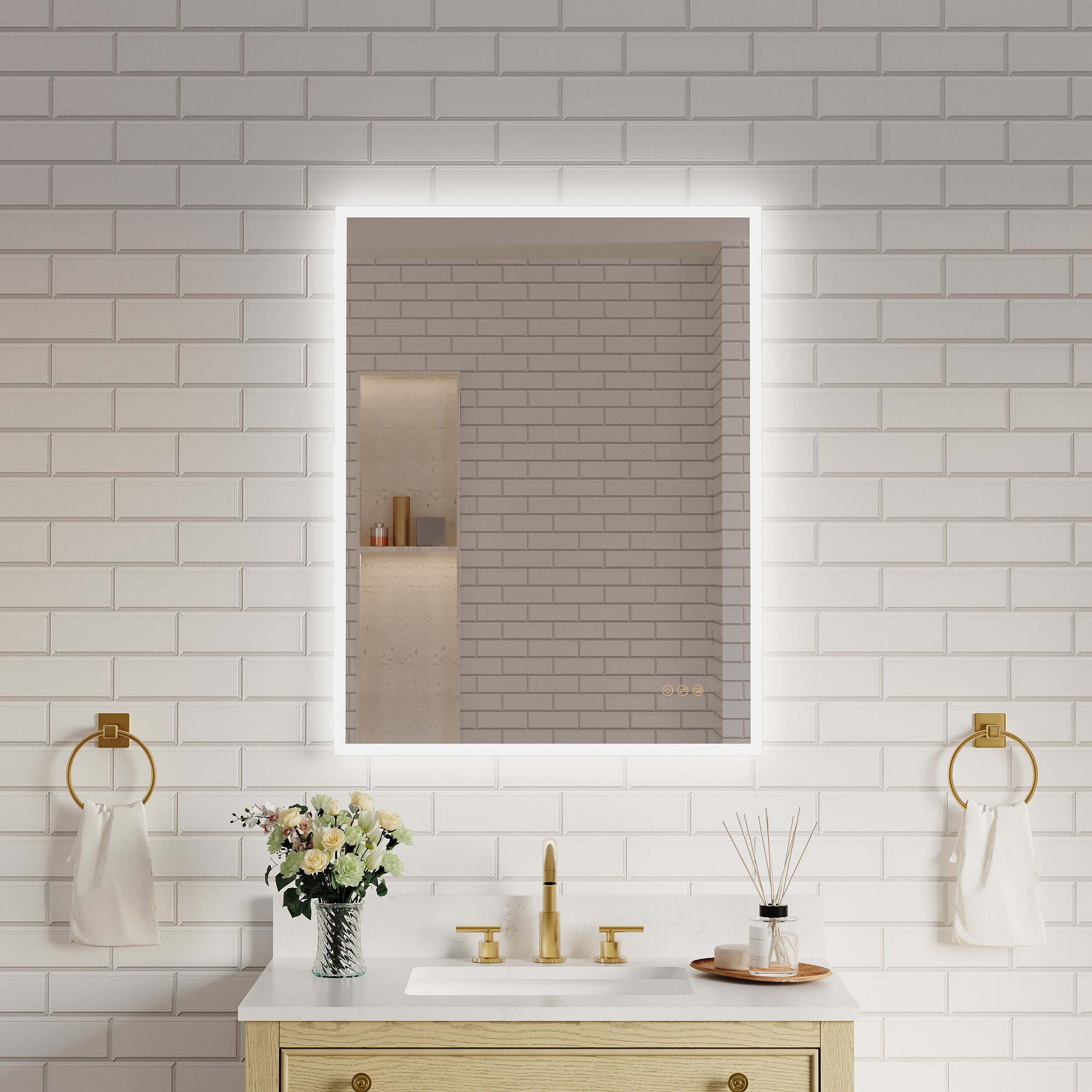



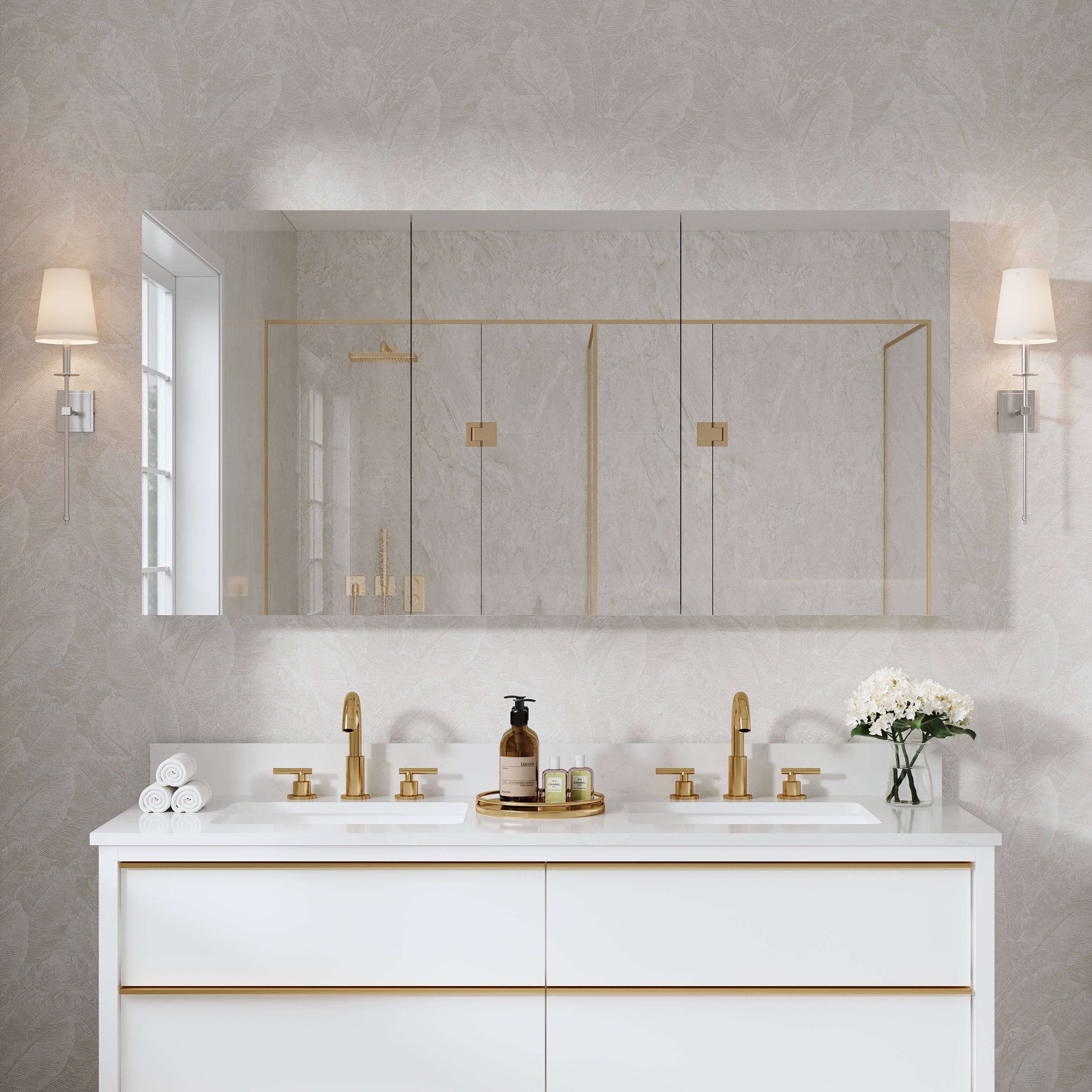

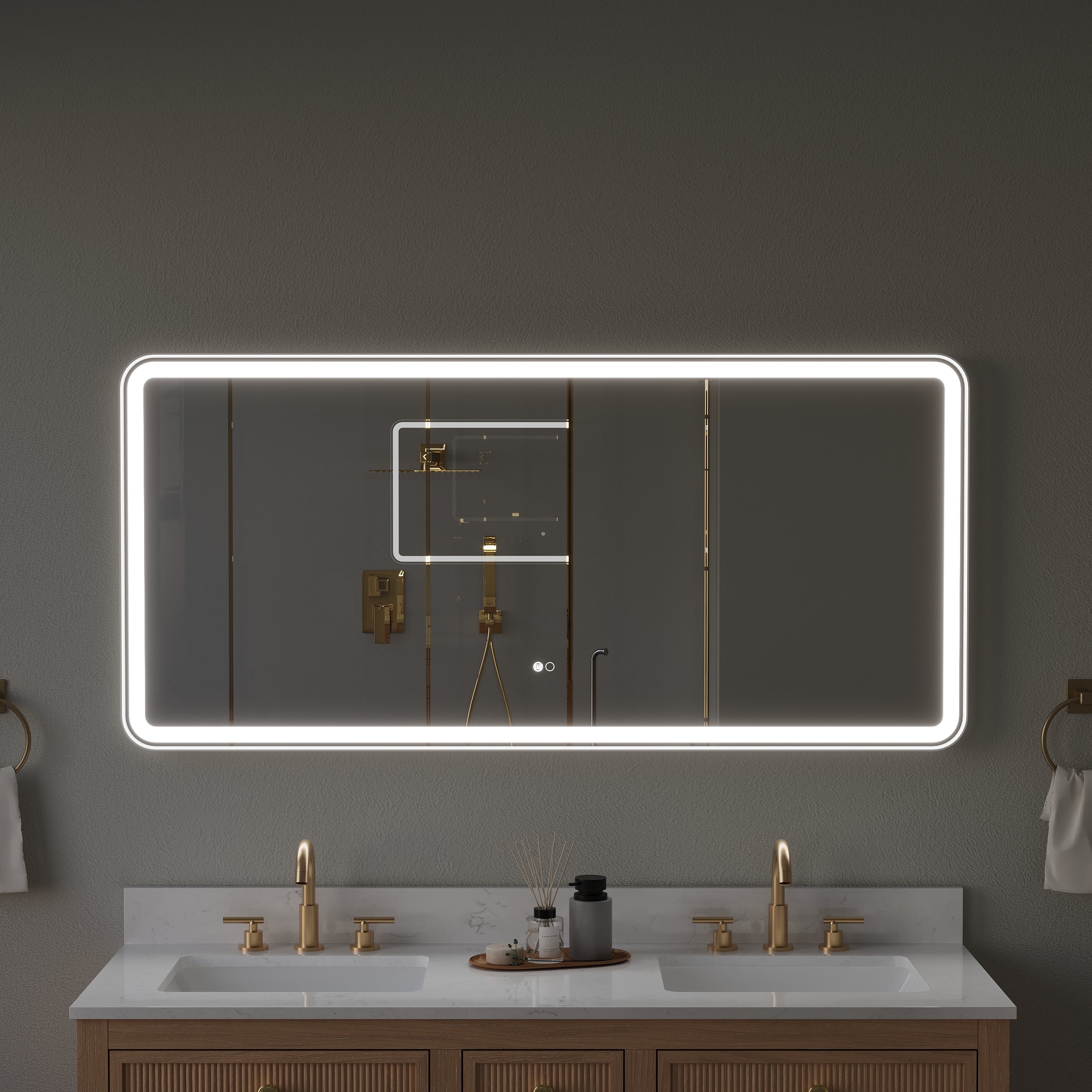
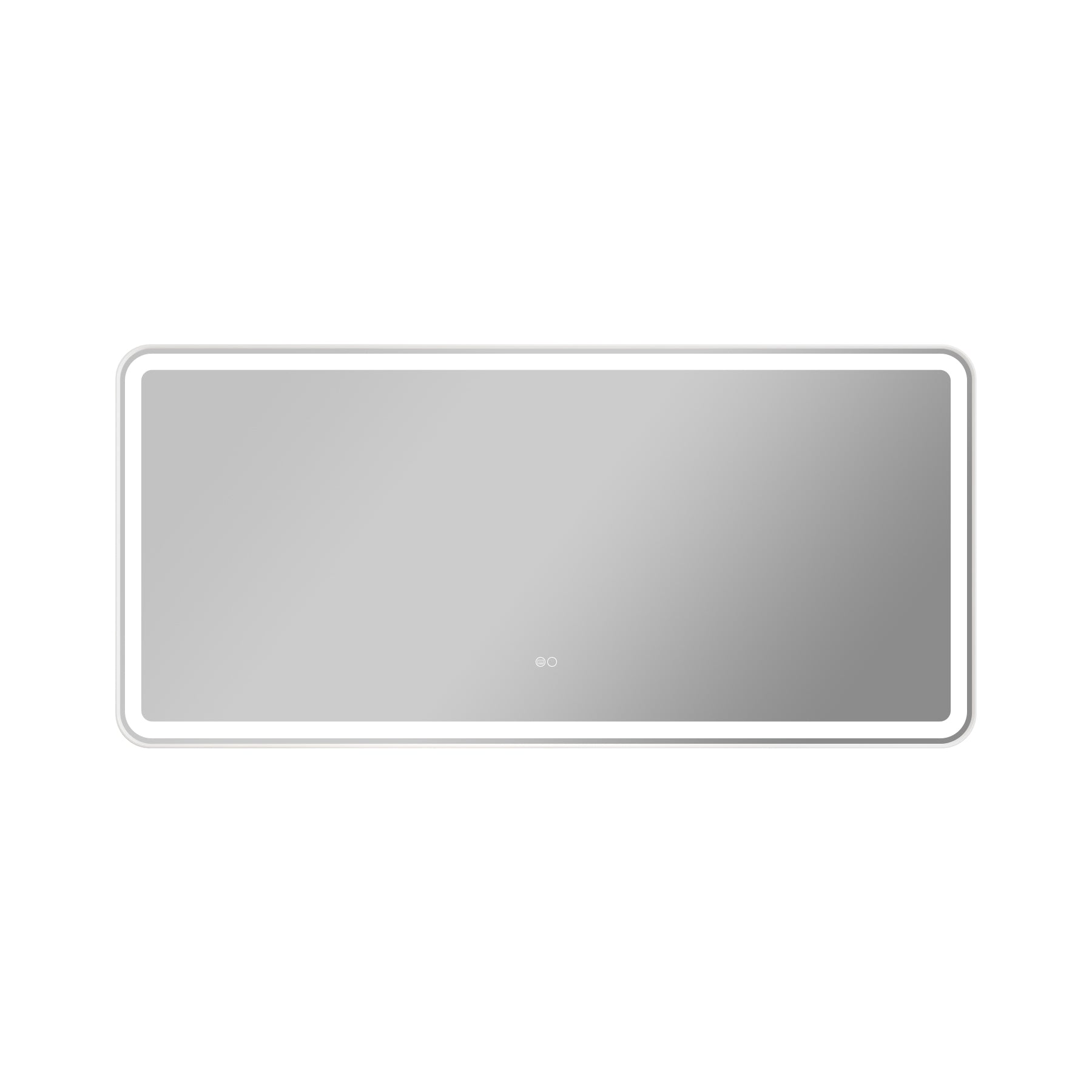

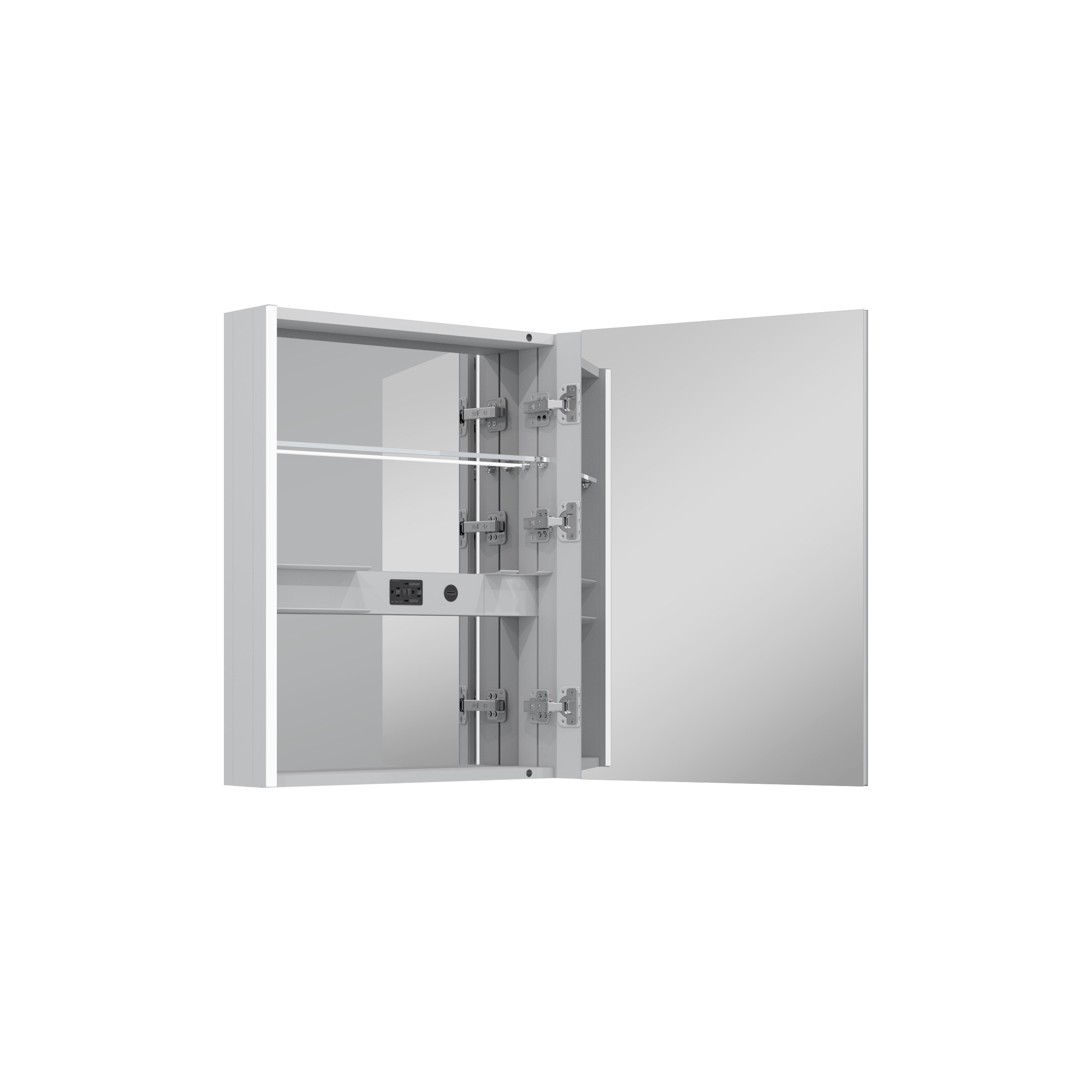
Leave a comment
This site is protected by hCaptcha and the hCaptcha Privacy Policy and Terms of Service apply.